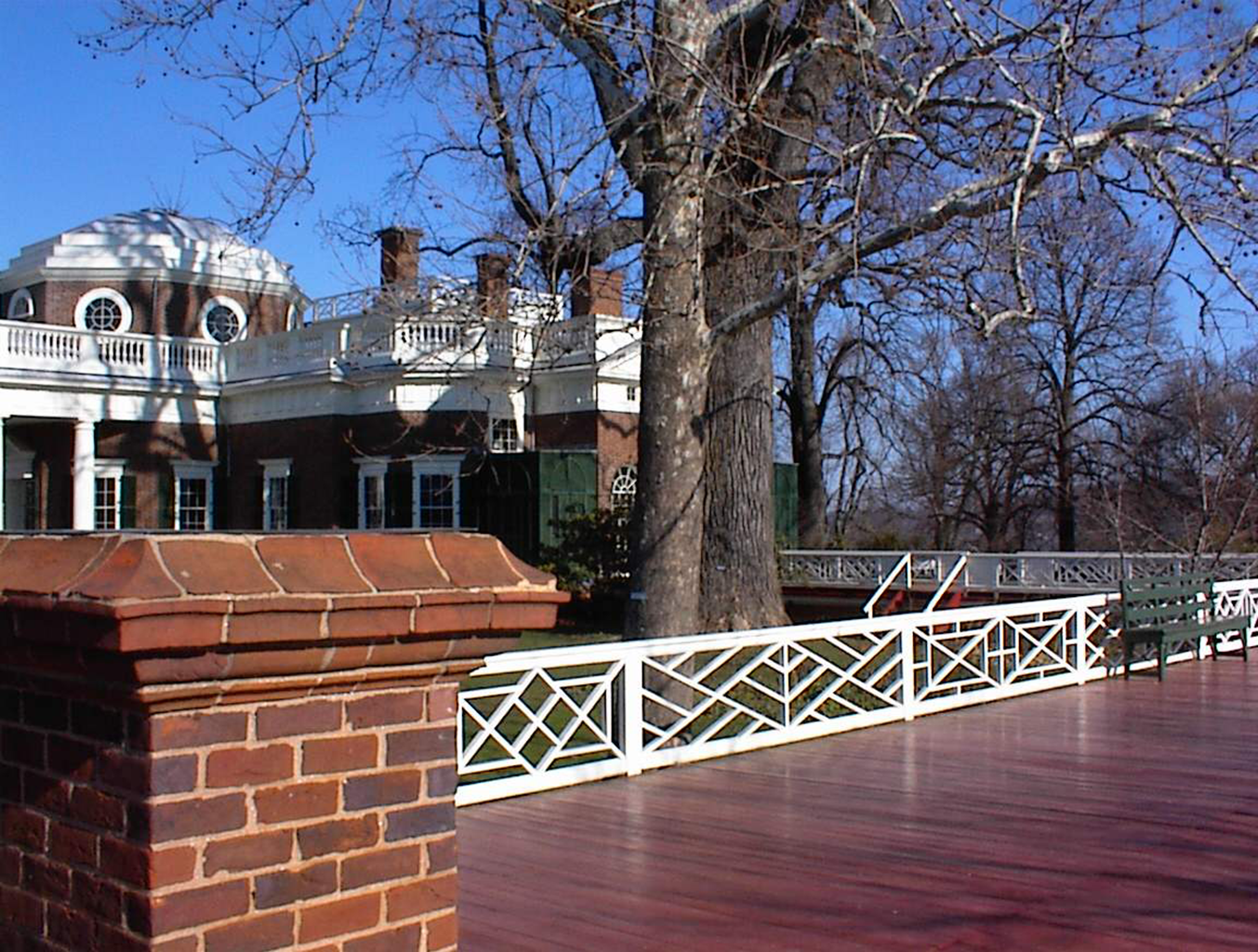Cultural and Literary References – All Who Are Lost
This is a work in progress. I will add to it as I have time!
Chapter 1:
- CAF bomber jacket: Commemorative Air Force, formerly the Confederate Air Force. As pilots, it would not be unheard-of for both Richard Ashmore and Cam St. Bride to belong to this organization. There are numerous chapters, including one in Dallas/Ft. Worth and one in Chesapeake.
- Mountains were to fall: See Chapter 3 below.
- That other beauty whose passion for privacy had become the stuff of legend: Greta Garbo.
- Festival of Britain: A national exhibition held in the UK in the summer of 1951. This is a hint to the time frame. See the Wikipedia article here.
- Knightsbridge tea shop: Richoux, my favorite. See the web site here.
- Current James Bond: Pierce Brosnan. I took some license here, as I have no idea where he was on June 9, 2001. I’ve loved him since Remington Steele.
- Gold ball gown worn by Cat Courtney in first half of concert: This dress by Jessica McClintock was the inspiration for Cat’s gold dress. I have this doll.
- Little black dress worn by Cat Courtney in second half of concert: I based this on the famous LBD by Christian Stambolian worn by Diana, Princess of Wales, right after Prince Charles admitted his adultery. Also known as the “revenge dress” or (my personal favorite) the “up yours, Charles” dress.
Chapter 2:
- October 2: In addition to being the day that Renee Dane Marlowe vanished into the sea, it is also Richard Ashmore’s birthday, AND it is the birthday of the last Plantagenet king, Richard III.
Chapter 3:
- Cordon Bleu: Refers to Le Cordon Bleu, the world’s largest hospitality education institution.
- Manchester United: On September 11, 2001, David Beckham was playing for Man U.
- Caruso: Enrico Caruso, tenor, one of the first global celebrities.
- Sam Superstar: Joanne Woodward once referred to her husband Paul Newman as Sam Superstar, affectionately mocking his celebrity.
- Severe blue: See this article from the New York Magazine. The sky was a clear blue that day, a condition often called “severe clear” by pilots. I used “severe blue” because I remember so clearly the deep blue of the sky and the black smoke pouring up into the heavens.
- Though mountains may fall…hills turn to dust: From Isaiah 54:10.
- From dust we came, to dust we shall return: A paraphrase of the blessing traditionally given when Christians are crossed on the forehead with ashes on Ash Wednesday.
- “Cease to exist”: I recently learned (long after publication) that this phrase is associated with Scientology. I am not associated with Scientology nor have I ever studied any of its tenets. To me, the phrase described the fate of those trapped inside the towers when they collapsed.
- Relentless showing of images: One of my most vivid memories of September 11 was the endless video repetition of the second plane flying into the South Tower and the two towers collapsing. The next day, a video of the first plane appeared, and months later, the Pentagon released a stop-motion tape of the AA 77 strike. No video has ever surfaced of United 93.
- One of the missing police officers: See Oliver Stone’s World Trade Center for the story of the two Port Authority officers who were trapped inside the rubble for almost 24 hours. Both survived. They were found by an ex-Marine who left his accounting job and drove down from Connecticut in his old uniform to help at the WTC site.
- International lines: The international phone circuits were overloaded on the night of September 11.
- Teterboro: This general aviation airport is located only 12 miles from midtown Manhattan and would have been the most logical place for the St. Bride Gulfstream to have landed for the meeting on September 11. From Teterboro, Cam (a practical man not above taking the subway) could have easily reached the WTC via the PATH train under the Hudson. Going to the WTC via the PATH train would have taken much less time than using the George Washington Bridge or the Lincoln Tunnel and then braving Manhattan travel. Cam, an efficient man, would have opted for the most expedient way in and out.
- Ground stop of all aviation: The FAA ordered all takeoffs halted at 9:26 AM on September 11; at 9:45 AM, all planes (over 4500 in American airspace) in the air were ordered to land at the nearest airport. The national airspace was closed at 11:06 AM, and all airport operations were halted. By 12:16 PM, most flights were on the ground. Incoming international flights turned back if they had sufficient fuel or, if they had passed the halfway point, landed in designated airports such as Halifax or Vancouver. Canada closed its airspace to all but inbound flights that could not enter the US, and even those planes were not allowed to land in major metropolitan areas such as Toronto, Ottawa, and Montreal. See The Day the World Came to Town: 9/11 in Gander, Newfoundland by Jim DeFede for a wonderful story of a small town that rose magnificently to the occasion. “I was a stranger, and you took me in….”
- Ground Zero: This term was first used in reference to the World Trade Center before noon that day. By that evening, most of the major news networks were calling the scene of the attacks Ground Zero. Before 9/11, the term was generally used to describe the point of detonation of an atomic bomb. It was also used in reference to the Pentagon, thought to be the most likely target of a missile strike. The Pentagon even had a “Cafe Ground Zero” (torn down several years ago).



